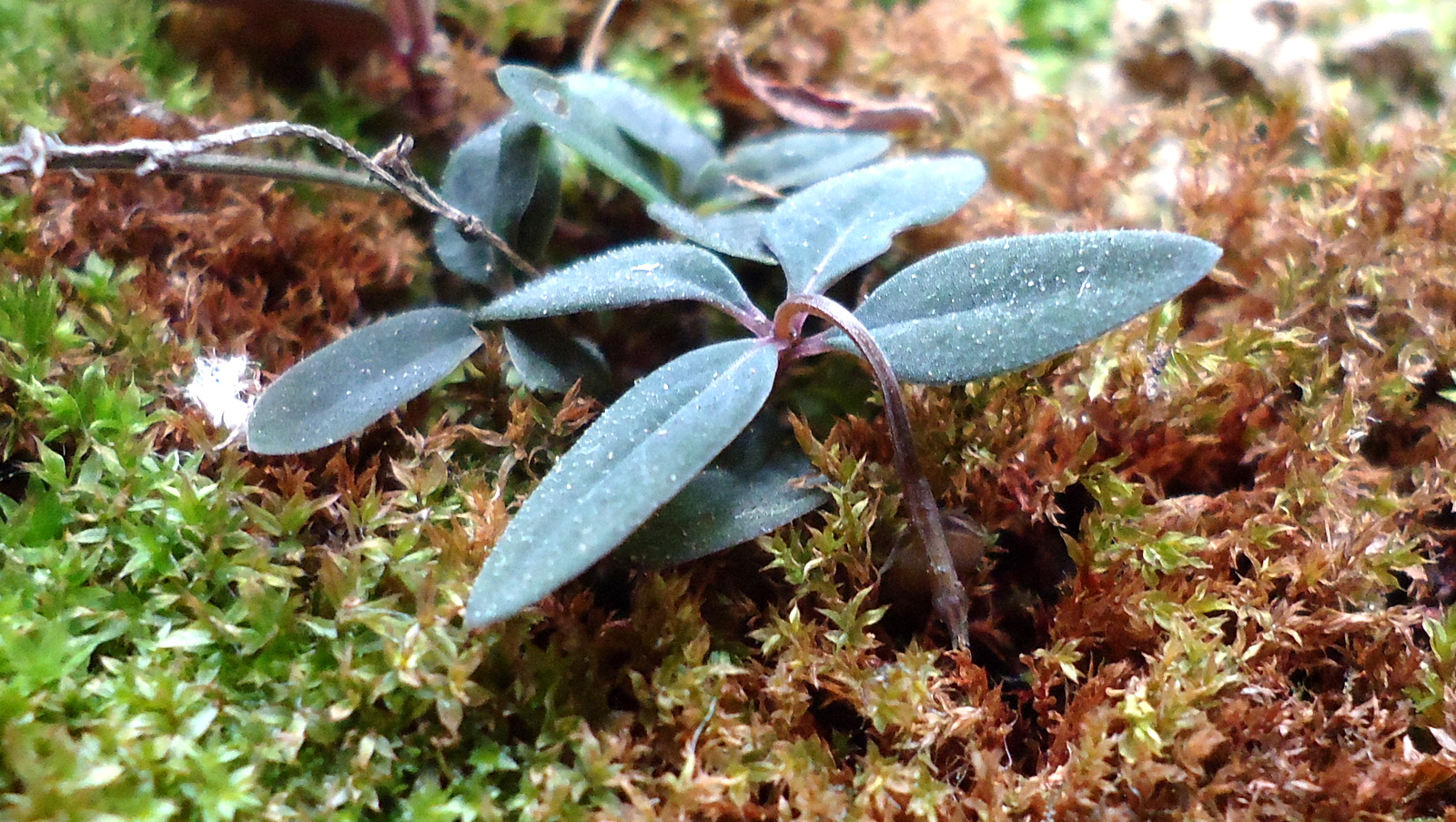Geocarpy on:
[Wikipedia]
[Google]
[Amazon]

 Geocarpy is "an extremely rare means of plant reproduction", in which
Geocarpy is "an extremely rare means of plant reproduction", in which

 Geocarpy is "an extremely rare means of plant reproduction", in which
Geocarpy is "an extremely rare means of plant reproduction", in which plant
Plants are the eukaryotes that form the Kingdom (biology), kingdom Plantae; they are predominantly Photosynthesis, photosynthetic. This means that they obtain their energy from sunlight, using chloroplasts derived from endosymbiosis with c ...
s produce diaspores within the soil
Soil, also commonly referred to as earth, is a mixture of organic matter, minerals, gases, water, and organisms that together support the life of plants and soil organisms. Some scientific definitions distinguish dirt from ''soil'' by re ...
. This may occur with subterranean flowers (protogeocarpy), or from aerial flowers, parts of which penetrate the soil after flowering (hysterocarpy). It has evolved
Evolution is the change in the heritable Phenotypic trait, characteristics of biological populations over successive generations. It occurs when evolutionary processes such as natural selection and genetic drift act on genetic variation, re ...
as an effective means of ensuring a suitable environment for the plant's offspring.
Geocarpy is also linked with solifluction
Solifluction is a collective name for gradual processes in which a mass moves down a slope ("mass wasting") related to freeze-thaw activity. This is the standard modern meaning of solifluction, which differs from the original meaning given to i ...
soils, where rapid thawing and freezing of surface soil causes almost continuous movement. This phenomenon is prevalent in high altitude areas of East Africa
East Africa, also known as Eastern Africa or the East of Africa, is a region at the eastern edge of the Africa, African continent, distinguished by its unique geographical, historical, and cultural landscape. Defined in varying scopes, the regi ...
. In order to reproduce, geocarpic plants bend their stems so that the fruit can be embedded in the soil during the freezing process while the fruit is still attached to the plant itself.
Geocarpy is most frequent in tropical
The tropics are the regions of Earth surrounding the equator, where the sun may shine directly overhead. This contrasts with the temperate or polar regions of Earth, where the Sun can never be directly overhead. This is because of Earth's ax ...
or semi-desert areas, and geocarpic species may be found in the families Araceae
The Araceae are a family of monocotyledonous flowering plants in which flowers are borne on a type of inflorescence called a spadix. The spadix is usually accompanied by, and sometimes partially enclosed in, a spathe (or leaf-like bract). Also ...
, Begoniaceae, Brassicaceae
Brassicaceae () or (the older but equally valid) Cruciferae () is a medium-sized and economically important Family (biology), family of flowering plants commonly known as the mustards, the crucifers, or the cabbage family. Most are herbaceous pla ...
(Cruciferae), Callitrichaceae, Convolvulaceae
Convolvulaceae (), commonly called the bindweed, bindweeds or morning glory, morning glories, is a Family (biology), family of about 60 genera and more than 1,650 species. These species are primarily herbaceous vines, but also include trees, sh ...
, Cucurbitaceae
The Cucurbitaceae (), also called cucurbits or the gourd family, are a plant family (biology), family consisting of about 965 species in 101 genera.
, Fabaceae
Fabaceae () or Leguminosae,International Code of Nomen ...
(Leguminosae), Loganiaceae, Moraceae
Moraceae is a family of flowering plants comprising about 48 genera and over 1100 species, and is commonly known as the mulberry or fig family. Most are widespread in tropical and subtropical regions, less so in temperate climates; however, their ...
and Rubiaceae
Rubiaceae () is a family (biology), family of flowering plants, commonly known as the coffee, madder, or bedstraw family. It consists of terrestrial trees, shrubs, lianas, or herbs that are recognizable by simple, opposite leaves with Petiole ( ...
. The best-known example is the peanut
The peanut (''Arachis hypogaea''), also known as the groundnut, goober (US), goober pea, pindar (US) or monkey nut (UK), is a legume crop grown mainly for its edible seeds. It is widely grown in the tropics and subtropics by small and large ...
, ''Arachis hypogaea''.
References
Botany {{Ecology-stub